 N4
N4 注
1. Overview of MeaningThe kanji "注" (pronounced "chuu" or "shuu") primarily means "to pour," "to concentrate," or "to no...
 N4
N4 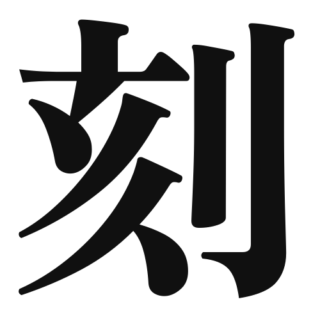 N3
N3 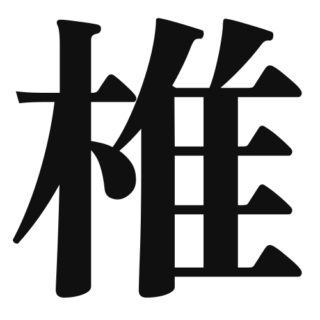 N1
N1 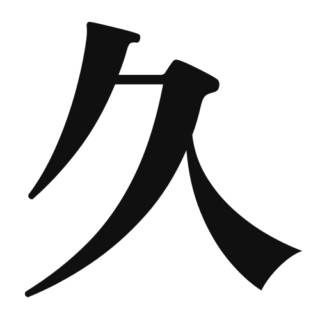 N2
N2 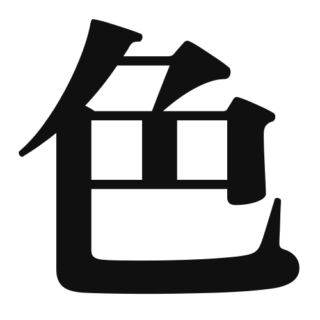 N4
N4  N1
N1 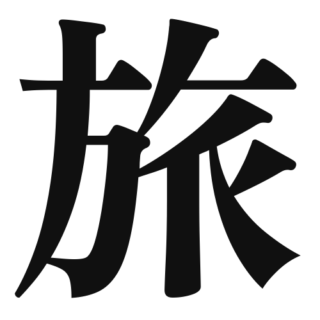 N4
N4 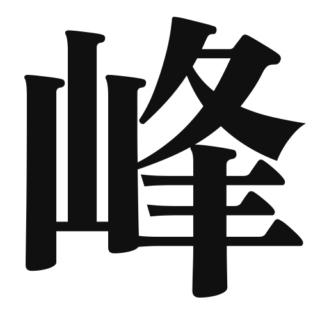 N1
N1 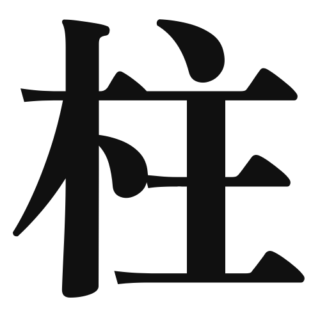 N2
N2 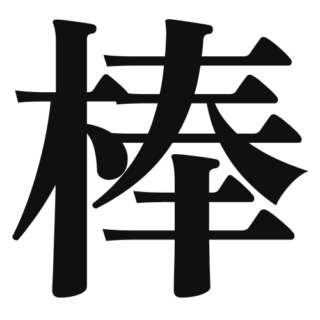 N2
N2